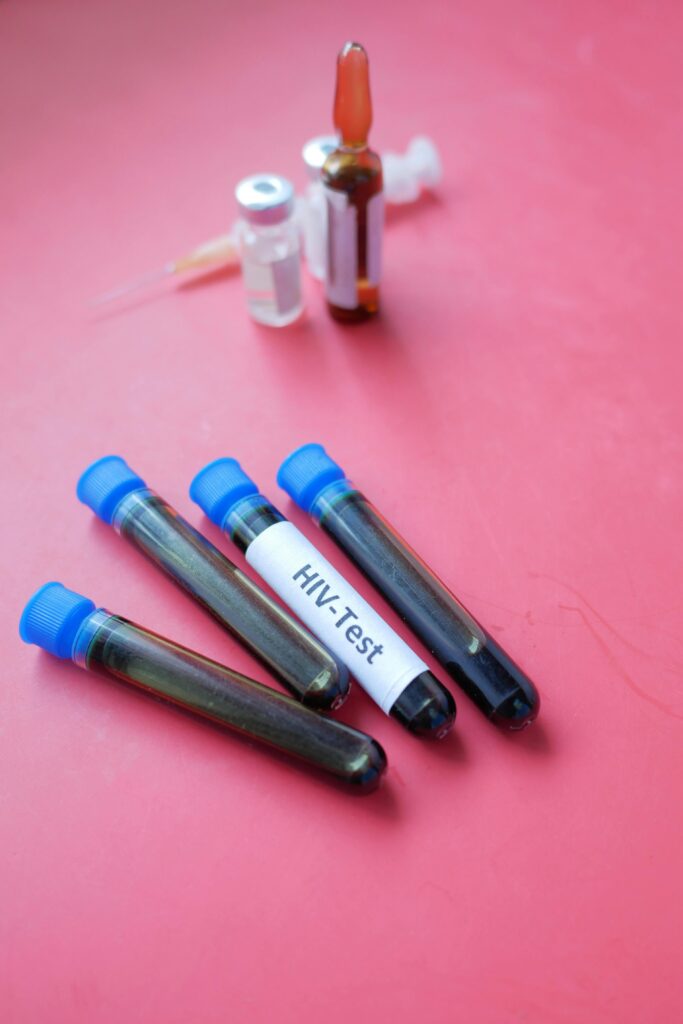HIV AIDS continues to be a topic of global concern, touching the lives of millions worldwide. While significant progress has been made in managing the disease, understanding its nature, causes, and prevention strategies remains crucial for combating its spread.
Understanding HIV and AIDS
HIV, or Human Immunodeficiency Virus, is a virus that targets the immune system, specifically the CD4 cells (T cells), weakening the body’s ability to fight infections. Without treatment, HIV can progress to AIDS (Acquired Immunodeficiency Syndrome), the most severe phase of the infection.
While not curable, HIV is manageable through antiretroviral therapy (ART), allowing individuals to lead healthy lives. Early diagnosis and treatment are key to controlling the disease and preventing progression to AIDS.
How Is HIV Transmitted?
HIV spreads through certain body fluids, including:
- Blood
- Semen
- Vaginal and rectal fluids
- Breast milk
The virus is commonly transmitted through:
- Unprotected sexual contact
- Sharing needles or syringes
- From mother to child during childbirth or breastfeeding
HIV cannot spread through casual contact, such as hugging, shaking hands, or sharing food and drinks.
Symptoms of HIV
HIV symptoms vary by stage:
Acute HIV Infection (Early Stage)
- Fever
- Fatigue
- Rash
- Sore throat
- Swollen lymph nodes
Chronic HIV (Clinical Latency Stage)
This stage may have no symptoms for years, but the virus continues to replicate.
Advanced HIV (AIDS)
- Rapid weight loss
- Frequent infections
- Chronic diarrhea
- Neurological disorders
Diagnosing HIV
Early detection of HIV is critical. Testing options include:
- Antibody Tests: Detect HIV antibodies in blood or saliva.
- Antigen/Antibody Tests: Identify both HIV antigens and antibodies.
- Nucleic Acid Tests (NAT): Detect the virus itself for early-stage diagnosis.
Testing is widely available at healthcare facilities, community clinics, and through home testing kits.
Treatment Options for HIV
Although no cure exists for HIV, antiretroviral therapy (ART) has revolutionized treatment. ART involves a combination of medications that:
- Suppress the virus
- Restore immune function
- Reduce the risk of transmission
Patients on ART with undetectable viral loads cannot transmit the virus sexually, a concept known as “Undetectable = Untransmittable” (U=U).
What Is AIDS?
AIDS is the final stage of untreated HIV, characterized by a severely weakened immune system. Individuals with AIDS are highly susceptible to opportunistic infections, such as:
- Tuberculosis
- Pneumocystis pneumonia
- Kaposi’s sarcoma
Timely initiation of ART can prevent the progression from HIV to AIDS.
Preventing HIV and AIDS
Prevention strategies include:
- Condom Use: Correct and consistent use of condoms reduces the risk of sexual transmission.
- Pre-exposure Prophylaxis (PrEP): A daily pill that significantly lowers the risk of HIV in high-risk individuals.
- Post-exposure Prophylaxis (PEP): Emergency medication taken within 72 hours of potential exposure.
- Safe Injection Practices: Avoiding shared needles and using sterilized equipment.
Global Efforts to Combat HIV/AIDS
Over the decades, international organizations like the WHO and UNAIDS have worked tirelessly to reduce HIV/AIDS prevalence. Initiatives include:
- Promoting education and awareness
- Expanding access to testing and treatment
- Reducing stigma and discrimination
Living With HIV
HIV-positive individuals can lead fulfilling lives with proper care and treatment. Steps to improve quality of life include:
- Regular medical check-ups
- Adherence to ART
- Healthy lifestyle choices
Support from healthcare professionals, family, and communities plays a significant role in managing the emotional and physical aspects of the disease.
FAQs
What is the difference between HIV and AIDS?
HIV is the virus that causes the condition, while AIDS is the advanced stage of HIV infection, marked by severe immune system damage.
Can HIV/AIDS be cured?
There is no cure, but antiretroviral therapy effectively manages the virus, preventing its progression to AIDS.
How soon after exposure should I get tested for HIV?
Testing is recommended 2-4 weeks after exposure, though follow-up tests may be necessary to confirm results.
Can HIV-positive individuals have children?
Yes, with proper treatment and medical care, the risk of mother-to-child transmission can be minimized.
Is HIV still a death sentence?
No, advancements in treatment have transformed HIV into a manageable chronic condition with a near-normal life expectancy for those receiving care.
How can I support someone living with HIV/AIDS?
Offer emotional support, encourage treatment adherence, and educate yourself to reduce stigma.
Conclusion
Understanding HIV AIDS is a vital step toward eradicating its impact on society. By prioritizing education, prevention, and access to treatment, we can continue to make strides in the fight against this global health challenge. Whether through awareness campaigns or personal vigilance, every effort counts in creating a world where HIV/AIDS is no longer a threat to human health.


